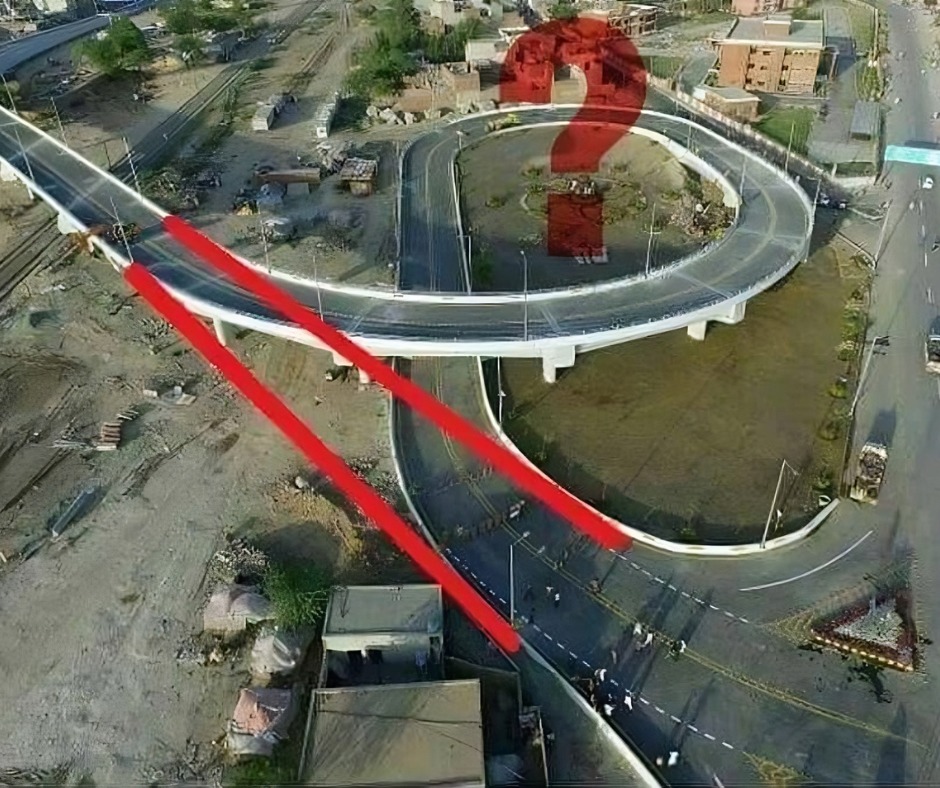When you’re driving down a long highway or navigating a mountainous road, you might wonder why roads often twist and turn rather than staying straight. It might seem like winding roads are inconvenient and slow you down, but they actually serve a critical purpose: keeping you safe. Driving in a straight line at high speeds for long periods can have dangerous consequences, like driver fatigue, distraction, or even drowsiness. Winding roads, in contrast, help drivers stay focused, reduce the risk of accidents, and create a safer driving experience.

The Dangers of Long, Straight Roads
One of the primary reasons for designing winding roads is to reduce the risks that come with long, straight stretches of road. When driving in a straight line at high speed for an extended time, a driver’s vision and focus can become fatigued. This phenomenon is known as “highway hypnosis,” where a driver’s mind starts to wander and their concentration slips away. The monotony of driving straight with little physical or visual stimulus can dull the senses, making it easier to miss important signs or sudden changes in road conditions.
In these situations, a driver’s attention can become distracted, or even worse, they might start to feel drowsy. Drowsy driving is one of the leading causes of accidents, and driving at high speeds on a straight road makes this risk even greater. A delayed reaction time, a missed road sign, or a lapse in judgment could lead to catastrophic accidents. This is where winding roads become essential—they help keep the driver’s attention sharp by constantly engaging their senses.
How Curved Roads Keep Drivers Focused
When a road curves, it demands more from the driver. Changes in direction require drivers to adjust the steering wheel, monitor their speed, and stay alert to maintain control of their vehicle. These actions help stimulate the driver’s concentration, breaking the monotony of a straight route. Engineers design these curves with safety in mind, ensuring that the radius and angle are optimized to allow for smooth turns, even at higher speeds.
Curves also naturally encourage drivers to slow down. As drivers approach a bend, they instinctively reduce their speed, making it safer to navigate the potential hazards ahead. This natural braking mechanism further minimizes the risk of accidents, especially in challenging weather or low-visibility areas. Curved roads act as a natural speed deterrent, promoting safer driving practices.
The Challenges of Steep, Straight Roads
Driving on steep, straight roads presents an entirely different set of risks. For example, a steep incline can make it challenging for heavily loaded vehicles, like trucks, to maintain control. When descending a straight, steep road, it can be difficult to manage speed, especially as the vehicle gains momentum. If the driver loses control on a steep descent, the consequences can be fatal—particularly in areas with sharp drops or insufficient barriers.
Moreover, steep, straight roads can reduce visibility. Whether a driver is ascending or descending, it is often hard to see what lies ahead, making it difficult to anticipate potential hazards like debris, sharp turns, or sudden stops. When roads are designed with gradual curves, visibility is enhanced, allowing drivers to have a better sense of what’s coming, giving them more time to react appropriately.
The Science of Designing Safer Roads
Road engineers don’t just add curves for the sake of variety; there’s a lot of science behind how roads are designed. The primary goal is to balance driver comfort, vehicle control, and safety. Engineers carefully calculate the radius of each curve, factoring in the centrifugal force acting on vehicles as they navigate these turns. By increasing the radius and reducing centrifugal force, roads allow cars and trucks to make smoother turns without losing control.
This careful design is especially important on high-speed roads or in mountainous areas. Curves help distribute the forces acting on a vehicle during a turn, making it easier for drivers to stay on course. Gradual inclines paired with curves also allow vehicles to manage speed more effectively, especially on steep descents.
Hidden Benefits of Winding Roads
While winding roads may take a bit longer to travel, the safety benefits far outweigh the inconvenience of a longer drive. Many drivers might consider winding roads to be a nuisance, but in reality, they provide a more controlled and predictable driving experience. Gentle shifts in direction prevent highway hypnosis and significantly reduce the risk of falling asleep at the wheel. Drivers are more likely to remain engaged—checking their surroundings, monitoring road signs, and maintaining appropriate speeds.
Winding roads also contribute to better fuel efficiency. Sudden stops and starts, which happen more frequently on straight roads, can lead to higher fuel consumption compared to maintaining a steady speed around curves. Constantly monitoring speed on winding roads also helps prevent unnecessary speeding, reducing both accident risks and fuel consumption.
Winding Roads vs. Straight Roads: A Safety Comparison
When comparing winding roads to long, straight, steep ones, the choice is clear. While straight roads may get you to your destination faster, they come with increased risks, including fatigue, distraction, limited visibility, and loss of vehicle control. Winding roads, on the other hand, promote safer driving. They naturally reduce speed, require greater concentration, and allow drivers better control over their vehicles.
The extra time it takes to navigate winding roads is a small price to pay for significantly reducing the risk of accidents. The safety features built into curved road designs ensure a smoother, more controlled driving experience for both drivers and passengers.
Conclusion: Winding Roads Keep You Safer Behind the Wheel
In the end, winding roads are more than just a design choice—they are a vital safety feature that keeps drivers alert, focused, and in control. While straight, steep roads may seem like the faster option, they introduce a range of dangers that can easily be mitigated by adding curves. Engineers craft these roads with great care, prioritizing driver safety and ensuring that vehicles can better handle changes in terrain and speed.
So, the next time you find yourself driving on a winding road, take a moment to appreciate the thought and planning that went into its design. It might take you a bit longer to reach your destination, but the safety and peace of mind that winding roads provide make every extra minute worthwhile.





